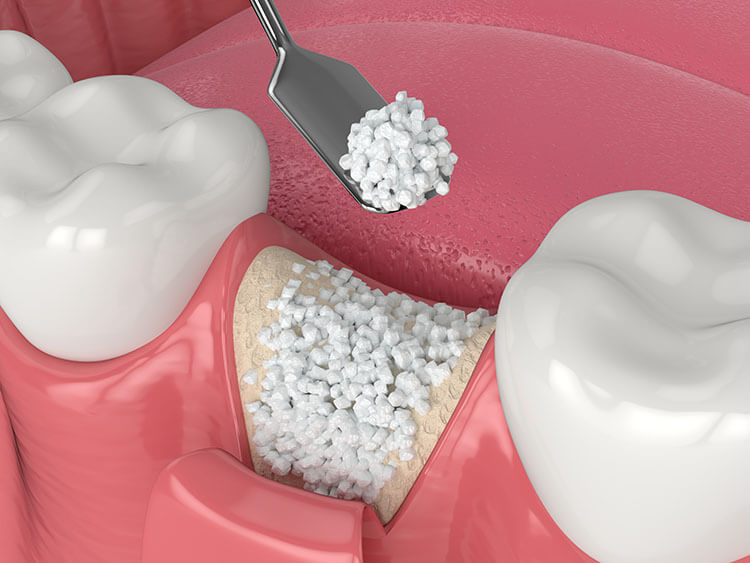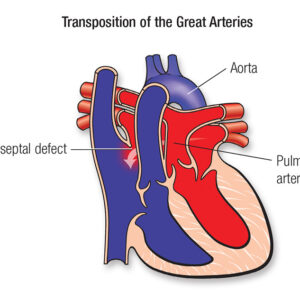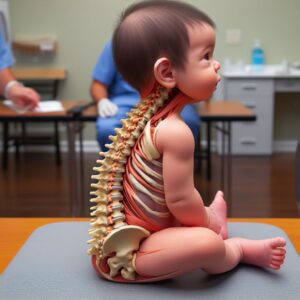Description
Familiarity with Treatment
Xenografting is a type of gum grafting procedure that involves the use of sterilized and processed tissue derived from an animal, typically a cow or pig, to address gum recession. This method provides readily available tissue for treating areas of gum recession and aims to promote tissue regeneration and coverage for exposed tooth roots.
Procedure
During a xenografting procedure, the processed tissue derived from an animal is utilized to treat areas of gum recession. The xenograft material is placed over the affected area to promote tissue regeneration and provide coverage for exposed tooth roots. This technique offers an alternative to traditional gum grafting methods that rely on the patient’s own tissue for the procedure.
Who is it Suitable For?
Xenografting is suitable for individuals with gum recession who may benefit from the use of processed tissue derived from an animal to promote tissue regeneration and provide coverage for exposed tooth roots. It is particularly useful for individuals who may not have sufficient gum tissue available for traditional gum grafting methods.
Who is it Not Suitable For?
While xenografting offers advantages such as readily available tissue for treating areas of gum recession, it may not be suitable for all individuals. Specific considerations and contraindications should be discussed with a dental professional to determine the most appropriate treatment approach based on individual circumstances.
Advantages
- Readily Available Tissue: Xenografting provides readily available tissue derived from an animal for treating areas of gum recession, eliminating the need to rely on the patient’s own tissue for the procedure.
- Proven Safe Grafting Method: Xenografting has been established as a safe and effective method for promoting tissue regeneration and providing coverage for exposed tooth roots.
Complications
- Possible Rejection or Failure to Incorporate: Xenografts may pose a risk of rejection or failure to incorporate with the body, potentially leading to longer healing times and the need for careful postoperative monitoring.
Preoperative Care
Before undergoing xenografting, individuals should receive a comprehensive evaluation by a dental professional to assess their suitability for the procedure. This evaluation may include discussions about treatment goals, potential risks, and preoperative preparations.
Postoperative Care
Following xenografting, individuals should adhere to postoperative care instructions provided by the dental professional. This may include guidelines for oral hygiene, managing discomfort, monitoring the healing process, and attending follow-up appointments to ensure proper recovery and the effectiveness of the procedure.




Reviews
There are no reviews yet.